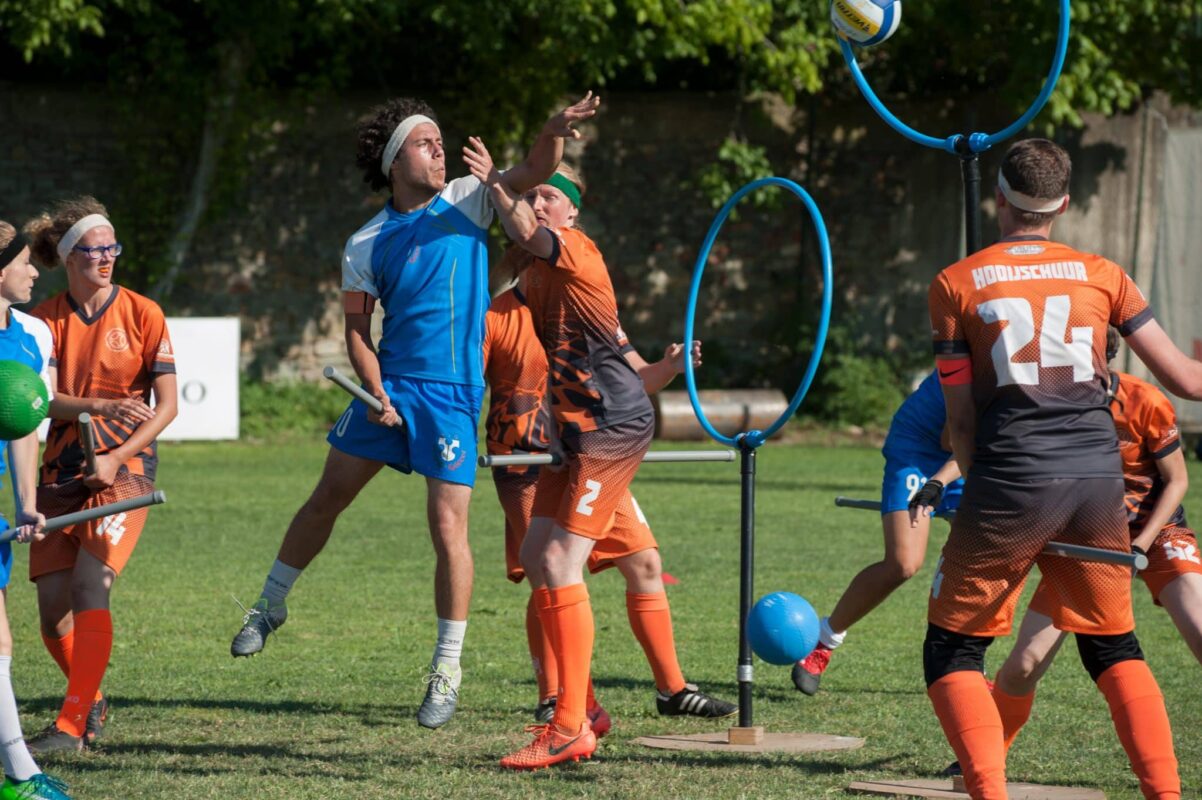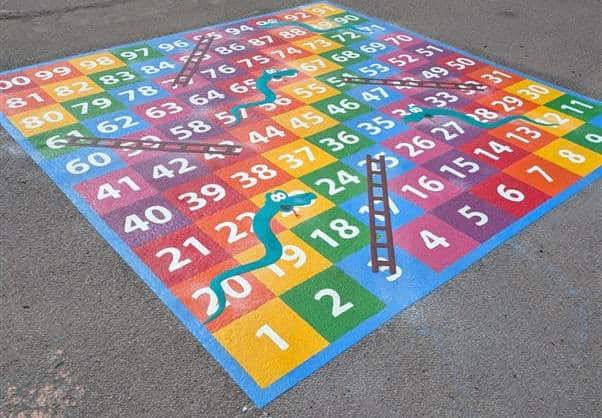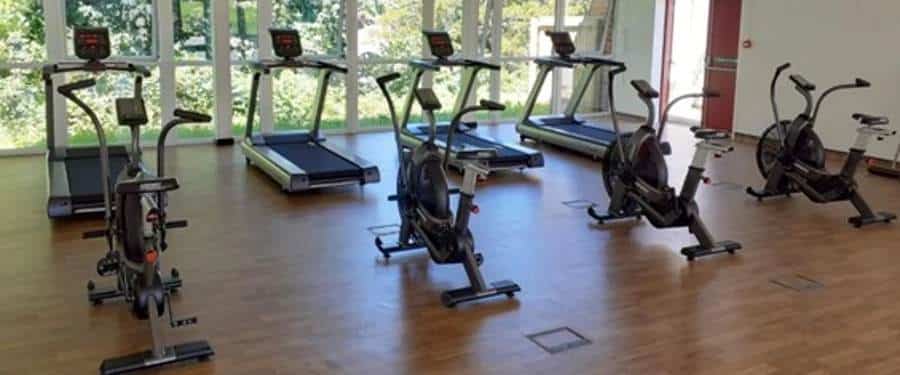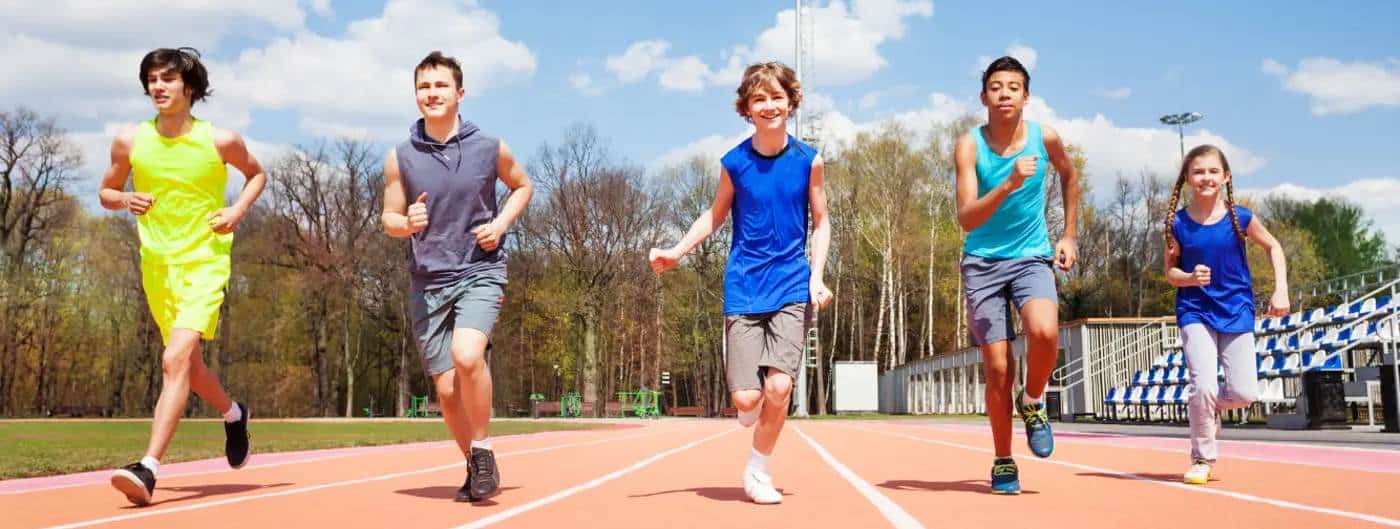Both staff and students must understand the structure, function, capabilities and limitations of mats when using them within the PESSPA programme.
Mats are primarily designed to absorb impact when someone lands on the mat on their feet. The construction of mats allows them to dissipate force, thereby reducing the reaction of the person landing on what would otherwise constitute a hard and unyielding surface.
Care should be taken when buying new PE and gymnastics mats to ensure that they meet any current standards and that they fully comply with fire regulations. We can assure you that all Sportsafe mats meet both of these requirements and can be safely used to:
- provide a comfortable, cushioned area for aspects of floor work (e.g. developing rolling activities)
- identify suitable landing areas for students as they work around equipment
- promote student’s confidence in feet-first landings from apparatus such as beams and equipment used for vaulting and balancing
- extend sequence work by providing choices for changes of direction, level and mode of travel.
Over the years, considerable improvements have been made to the design and specification of mats to enhance safety. However, it is important to recognise that mats, whatever their construction and size should never be seen as fail-safe protection systems that supersede effective techniques. Students need to be aware that a correctly performed landing contributes significantly to preventing injury. Correct landing technique, whatever the activity or skill being practised, needs to be taught and re-emphasised regularly.
We have put together the following guidelines to help you use and maintain your PE and gymnastics mats safely:
- Wherever practical, mats should be stored in a horizontal position to prevent wrapping of closed-cell polyethene foam and disintegration of foam padding.
- Mats should be light enough for students to handle easily, preferably in pairs if lightweight mats are used; four students may need to carry mats according to their size and strength the size and weight of the mat.
- To minimise slippage, the underside of mats should be cleaned from time to time, and the top surface periodically, according to the extent of use. Mats covered in PVC will be easy to clean.
- Mats should be checked regularly for any embedded objects, such as stones and pins. They should be free from holes and tears and display no rucking in the cover or foam infill.
- subject to regular inspection, damaged mats should be immediately taken out of service until repaired by a specialist maintenance firm, or replaced.
- In gymnastics, mats should never be indiscriminately placed around the working area. Each mat should be placed with a specific purpose in mind.
- General-purpose mats (approximately 25mm thick) are generally suitable for curriculum work in gymnastics. Thinner mats are often so lightweight that they slide around when in use. Thicker mats (e.g. 200mm) may be necessary for more specialised, advanced gymnastic activities in which the performer generates high levels of momentum.
- Staff need to exercise caution when using thick weight-absorbing mattresses (“crash mats” or “safety mats”) as landing areas. Too much absorption may compromise safe landing and can be detrimental to the development of the correct landing technique. Where such mattresses are used in their way, it is advised that the landing surface is “firmed up ” by overlaying the mattress with general gymnastic mats where necessary. Staff should ensure that the mattress is being used because it meets the needs of the activity not just because it is in the vicinity.
[row v_align=”middle” h_align=”center”]
[col span=”6″ span__sm=”12″]
If more than one weight-absorbing safety mat is used to create a longer area (e.g. for landing from a vaulting horse), the mats should be secured together by placing a linger agility mat roll on the surface of the safety mats. This will lessen the risks associated with a student landing on the line where two mats meet and offer protection from the safety mat “bottoming out”.
[/col]
[col span=”6″ span__sm=”12″ align=”center”]
[ux_image id=”5827″ width=”80″]
[/col]
[col span__sm=”12″]
- Where mats for landing areas are placed together or overlaid in this way (most commonly in secondary schools), regular checks should be made to ensure that no gaps appear. The use of a coverall is useful in this context. Procedures to ensure these checks are carried out should be introduced. The practice of using mats together like this is not recommended in primary schools and should be carefully planned and monitored when used in a secondary school setting.
- Mats should never be used to protect against the foreseeable outcomes of poorly developed skills, such as anticipating that students will fall while suspended from a horizontal ladder or similar apparatus. In such situations, it is better to modify the equipment and task to reflect student needs and capabilities accurately, thereby minimising the risks of falling and poorly controlled dismounts.
- Athletics landing modules are necessary for the safe performance of high-jump technique in which the transference of weight moves from the feet to some other body part (e.g. as in the “Fosbury flop” technique and its related progressions.) It is strongly recommended that staff using specialised high-jump facilities have undergone appropriate training through the governing body of sport (UK Athletics) or as part of a specialist physical education programme.
- When using landing modules, staff should ensure that:
- multiple modules, where used are firmly locked together, and a coverall pad used to prevent slippage
- the landing area is sufficiently large and deep to accommodate the abilities of the students involved and probable variations in lading position, extending beyond both uprights
- the density of the landing module is sufficient to avoid any “bottoming out”.
- Mats used in martial arts activities need to be specific to the activity to minimise the risk of injury from high-impact falls and throws. Mats should comply with BS EN 12503-3 in order to provide adequate shock-absorbing properties and have a strong base to prevent sliding during activities. General-purpose gymnastics mats should not be used as their density is inadequate for martial arts activities.
[button text=”Shop PE & Gymnastics Mats” letter_case=”lowercase” size=”large” padding=”0px 45px 0px 45px” icon=”icon-shopping-bag” icon_reveal=”true” link=”/product-category/pe-equipment/pe-gymnastics-mats/”]
[/col]
[/row]





